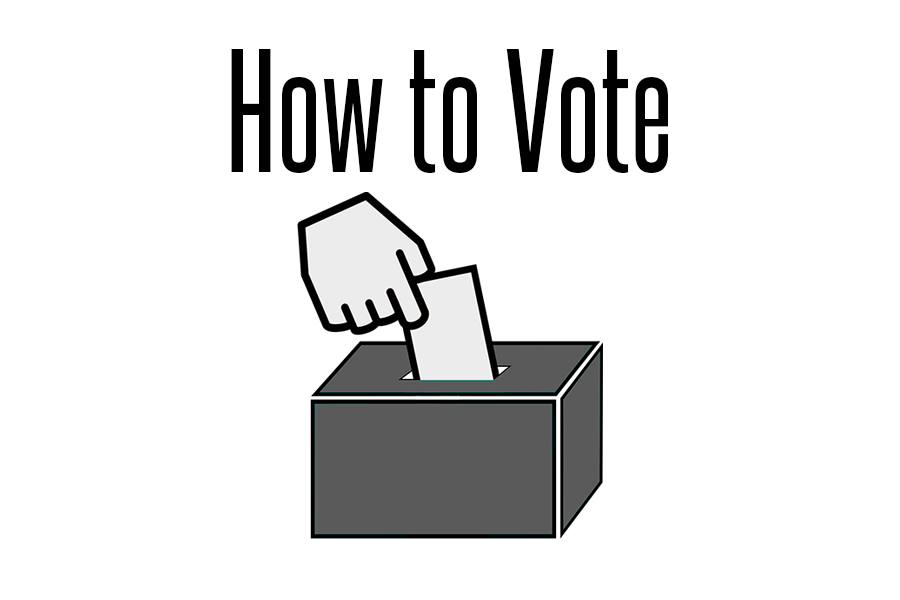The following story ran first on The Politician, the political newspaper of The Rider Online. Check The Politician often for updates on the upcoming 2016 presidential election as well as other political news.
Every four years, the citizens of the United States band together and vote to elect a president. Since the election is every four years, a brand new group of people are able to vote every term. For first time voters, the process can be confusing, but most problems you might face will be ironed out by the next time you go to the polls.
Before you vote
Before you even think about voting, there are a few requirements you must follow. If you want to vote, you must be at least 18 years of age at the time of the election, and you must be a citizen of the United States.
If you follow both requirements, then you’re ready to register. This is achieved by filling out a voter registration form and mailing it. The form asks basic questions like date of birth, address, ethnicity and choice of party. The layout and questions should be familiar to those who have filled out their information on a standardized test like the SAT or PSAT. If this is your first time submitting this form, Federal Law does require you to include proof of identification, such as a valid ID, or a paycheck or bank statement that shows your name and address. You can find the form and more instruction at https://vote.usa.gov/.
An important part of voting is also knowing who you’re going to vote for. There are many websites who will tell you many facts and policies about the candidates (including our own). If you go into the polls with an idea of what to vote on, not only will you remove some last-minute stress off yourself, but you also won’t be frowned upon by the impatient people in line.
Voting
Now that you’ve successfully registered, the hardest part of the process is over. If for some reason you are not going to be in the country, such as being a member of the military or a citizen living outside of the US, you’re still allowed to partake in an absentee ballot. The ballot basically allows you to vote normally as if you were still in the country. Rules and deadlines may vary by state, but everything involving registration and rules can be found at http://www.fvap.gov/citizen-voter/registration-ballots.
If you do happen to be in America, simply show up to your designated polling location any time between 7:00 a.m. and 7:00 p.m.
After you vote
You’ve now voted for (insert preferred candidate here) and you may be wondering: “what happens to my vote now?” This question has been pondered for ages, as most Americans (including myself) have no idea what goes on after you cast your precious vote. Well, after dozens of hours of research, my colleagues have discovered that the elections have a confusing system of points called ‘The Electoral College’. The Electoral College (not a real college, to my surprise), features 538 electors that are divided between the 50 states in order of population. This is why California and Texas are usually considered the two most important states in the election because they both have the largest populations of any state, and have 55 and 38 points respectively. To sum it up: the more states you win, the more points you get, and whoever has the most points, wins.
In the 2014 US midterm, only 36.4 percent of registered voters actually went out and voted, which is the lowest turnout since World War II. While presidential election percentages are usually much higher, you have the power to change this downward trend. So on November 8, 2016, gather ‘round the television to watch (insert preferred news station here) and see the election unfold as states close their polls and tally their votes.




